Enterprise Tech 30: Zapier
In this series, Nasdaq spoke with Wade Foster, co-founder and CEO of Zapier, which was recently named to Wing Venture Capital’s Enterprise Tech 30 list.
What prompted you to start Zapier, and what opportunity did you see?
Zapier is a productivity tool that connects over 2,000 of the apps you use every day and automates the tedious, repetitive parts of your job, so you can be more productive at work. Our product caters to individuals, small businesses, or smaller teams within larger organizations.
Bryan, Mike and I co-founded Zapier in 2011, while we were living in Columbia, Missouri. Bryan (Zapier’s CTO) and I were working full-time and Mike was in school when we came up with the idea for Zapier. Bryan and I did some freelance work alongside our day jobs, and we worked on a number of web projects for clients. We noticed a pattern emerging among our clients, and that they were asking us to build more and more integrations from one app to another.
We noticed that people were interested in the convenience that SaaS apps offered, but bringing those apps together was a complex and frustrating process that usually required technical help. We wanted to make it simple for people to connect their apps and make their lives easier.
We built our initial prototype at Startup Weekend in Columbia, and we won. Coming out of Startup Weekend, we applied to Y Combinator but were rejected initially. We knew we had a good idea on our hands, so we kept at it. We worked on Zapier on nights and weekends while keeping our day jobs. We bootstrapped the product, one paying customer and one feature at a time.
Once we had a more built-out product and paying customers, we submitted again to YC and were accepted into the Spring 2012 class. Not long after, we raised our one and only round of funding, $1.3 million in seed funding from YC and Bessemer Venture Partners.
Fast-forward to today: we now help millions of people automate their workflows, and we now offer integrations for over 2,000 apps, including G Suite, Slack, Mailchimp, Asana, and others. We’ve been profitable since 2014, and we last reported $50 million in ARR.
There is a lot of excitement around low-code / no-code software, how do you define this market and how do you see it evolving?
No-code and low code tools allow anyone, regardless of technical ability, to build public and internal apps for web and mobile. Some of these tools include Zapier, Webflow, Airtable, and communities like Makerpad.
I’m noticing the growing diversity of people who are building with no-code and I’m excited to see that evolve further. We’re seeing people from all industries, all geographies, and all ages embracing no-code and learning to build cool pages, apps, and workflows. There seems to be a perception that no code is still for people who are more technologically inclined or tech-adjacent, but that’s simply not true anymore. Lawyers, accountants, real estate agents, teachers, and roles that many don’t associate as tech-forward are adopting these no-code tools.
How are people using Zapier to help in the fight against COVID-19?
Zapier offers free starter plans for groups tackling COVID-19 relief efforts. One of those groups, Project N95, is a non-profit that allows hospitals to report what supplies they need and suppliers report what supplies they have. By gathering and sharing this key data, they can help put life-saving equipment into the hands of frontline health workers as quickly as possible. They use Zapier to send data cross-team, allowing them to quickly collect get PPE into the hands of institutions in need.
You have had a fully distributed team from the beginning. What advice to you have for people now working remote / in a distributed fashion?
If you and your team are working remotely for the first time, I have four major pieces of advice for you:
Be action-oriented. In a remote environment, you want to move quickly and with intention.
At Zapier it’s critical for managers and their teams to build the systems and processes that allow people to go tackle critical customer-facing work unencumbered and for each of us to build the skills necessary to meet those needs.
Default to transparency. Transparency creates accountability. Remote can’t function unless you make your work, processes, and systems available to everyone. So work in public. Have discussions out in the open and document your work. One example is our Friday updates. Each Friday, every person on the team posts an update to Async about what they shipped that week and what they are working on for the next week.
Be disciplined about documentation. Remote work requires discipline around communication and documentation. Everyone has to be willing to share early and often their progress. You have to write things down. It’s easy to be lazy about this, but in a distributed environment you have to commit to the discipline otherwise, it doesn’t work. Going heads down and emerging weeks later doesn’t create a very productive environment.
Right now, don’t expect normalcy. Everyone’s environment has shifted as a result of stay at home ordinances, and that means that very few of your teammates are as high-functioning as they usually are. Make sure you have regular checkpoints with your team, and consider holding more one-on-one meetings than you would have if you were back at the office. If you’re a manager, be ready to offer a little more direction than usual, but resist the urge to micromanage remotely, which can be demoralizing. And lastly, be flexible: another thing that won’t be normal is people’s working hours—and that’s okay.
